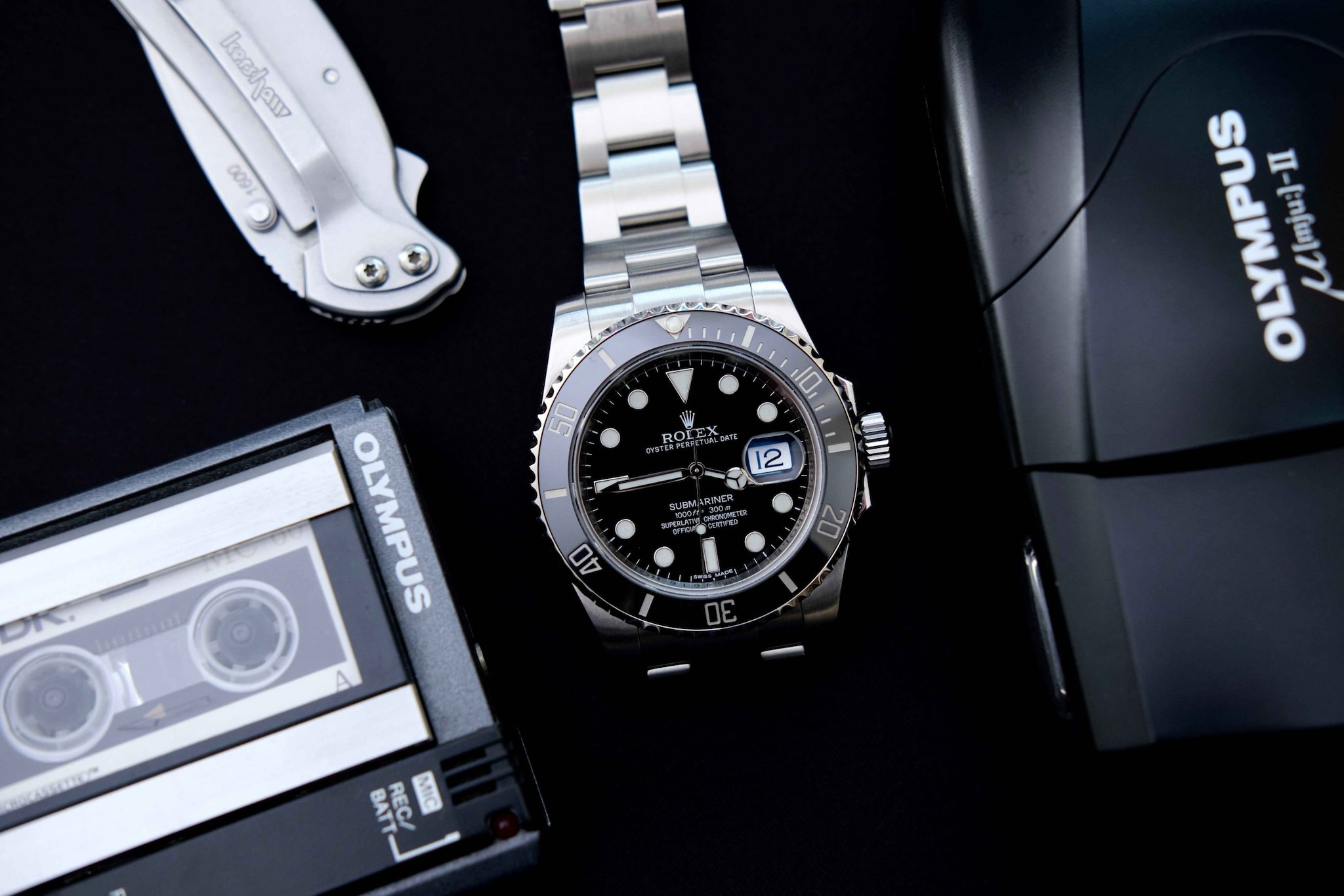The whole is other than the sum of the parts. – Kurt Koffka
Classical Brand Management craves simplicity. It values ownership of words and feelings. It attempts to reduce everything to a tagline, a word and a positioning charter.
But the real world is complex. Often a brand is compared to a diamond with many facets but perhaps it is more like an intricate spider’s web. It has borders, lattices, holes. Certainly, the things articulated and understood matter less than the more unconscious and subconscious components. It’s a messy network of associations that get woven together to form an unconscious representation of the brand. Think of it as a primordial broth boiling above threshold with fleeting images, abstract thoughts, biases and nuanced emotions. But much more is in the subconscious.
A brand is a collection of associations that exist in the minds of consumers. Many of these associations can be conscious, like the product or service itself in terms of its function, design, the advertisements, and so on. But, that is just the tip of the iceberg. Many of the powerful feelings and emotional undertones that we automatically and unconsciously connect with a brand exist below our awareness.
There is a “gut feeling” that anchors every brand you know. It can be positive, attractive and compelling. It may be negative, even repulsive. If it is neutral, there is no real relationship with the brand. This hidden combination of associations powerfully influences our decision-making and behaviour, mostly acting subconsciously.
To thrive, a brand must have positive traction. When a brand becomes something that people aspire towards, it grows. It could be a feeling, an association or a taste of the life they’d like to live. Modern marketing lexicon calls it “aspirational.”

At Diageo, I once attended a full brand immersion session for Ketel One Vodka. Every element – its myth of origin, bottle shape, claim of bold masculinity, classic authenticity, Dutch heritage. It has been nurtured and furthered as a unique brand that cues ruggedness, purity, ‘copper pot still’ classic heritage. A brand that is honest, premium and confident.
The ubiquitous marketing term “positioning” was coined by Al Ries and Jack Trout in the 1970s. For the first time, it was posited that a brand can only own one simple idea in consumers’ minds. One brand, one idea. I feel it was a brute oversimplification.
What is more, the way positioning was originally described, it was more the physical product description a brand could own. For example, Amul is milk, Lux is soap, and Dettol is a brown antiseptic liquid with a unique smell. Those brands were housed between mental walls set up for what each of those brands can do.
I have seen countless tools from major marketers intended to capture a brand’s positioning on paper. These can take many forms such as a one-sentence positioning statement, a brand house, a brand architecture, a brand onion, a brand key, a brand wheel, a brand pyramid, and more.
None of these reflect the reality of how consumers experience brands. The map is not the terrain. They focus on the conscious side of brands, while almost entirely ignoring the powerful unconscious side. They reduce things to the absolute essentials. But it is in excess that the differentiation truly flowers. Can you visualise a home by looking at the architect’s plan drawing?
It is certainly important to know who your target audience is, the insight you want to tap into, and what the functional and emotional benefits are, but isn’t it also important to viscerally experience and feel the brand the way your consumers do?
This rich, 3D brand world is filled with emotions and loose associations. It is much messier than the simple positioning documents. Be wary of reducing the brand down to its essential components or a ‘one word equity.’ When marketers talk about reaching consumers ‘emotionally’ they are still focusing on conscious elements.
In psychology, the term gestalt refers to how the brain prefers to seek out the whole of something, rather than the individual parts. The brain wants to quickly categorize something and figure out its function, so it will auto-fill what it needs to create a complete picture that it can make sense of. In much the same way, the Brand Gestalt represents the whole of the brand – it’s the complete picture-beyond just the conscious pieces that fit nicely on a page.
“Gestalt” is German for “unified whole”. The first Gestalt Principles were devised in the 1920s by German psychologists Max Wertheimer, Kurt Koffka and Wolfgang Kohler — who aimed to understand how humans typically gain meaningful perceptions from the chaotic stimuli around them. They identified a set of laws which address the natural compulsion to find order in disorder. According to this, the mind “informs” what the eye sees by perceiving a series of individual elements as a whole.
Irrational brand love is ‘loyalty beyond reason.” People remain loyal to brands like this even when it’s not rational, even in the face of competing information. They love it and that’s enough.Yes, we’re talking about the sizzle, not the steak
In many ways, a brand is an illusion. It is not real. It exists in our unconscious and in our feelings. But that – by itself – is powerful. These connections in the mind add real value to the products and to our lives. Wearing a fake Rolex will give us less pleasure than wearing the real thing. Take the Nike swoosh off a sneaker and it loses its magic. Why ? Because value gets created in the mind. It must have emotional value to you. In this way, brands can add real value, beyond their physical product attributes. It is not water, it is Evian!

Think of ‘top-down processing’ where the higher order processing of the brain can actually influence how we perceive the world. The classic example of this in marketing is the Pepsi Challenge. When participants tasted Pepsi and Coke blindly, Pepsi was preferred. But when respondents could see the brand, Coke was preferred. The unconscious elements that together form a brand aren’t unreal because they add real value and can greatly enhance experience for consumers.
Think of it as like your relationships with people. You can’t rationally woo someone into loving you. You can’t argue it, or use well-reasoned, logical points. The other person just has to feel it. Imagine trying to write a ‘positioning statement’ or ‘brand architecture’ to make someone fall in love with you.
The Brand’s totality is much more than, say, the emotional benefit we ascribe to it like ‘happiness’ for Coca-Cola or ‘freedom’ for Harley Davidson.
So, it’s not about directly communicating an emotion to your consumers. Instead, you are trying to build the right associations with your brand that together build the right feeling toward the brand. You also might be thinking, is this just the brand’s equity, personality, tonality, or maybe its “archetype”? The answer is yes; but it is all these things and more, all wrapped together.
The personality of a brand is usually relegated to a side note, or left for the agency creatives to figure out. I’m arguing here that these types of traits, along with the many other unconscious associations of a brand, are in fact central and critical to how consumers feel toward a brand.
They need to move from the periphery of branding to part of the core of what a brand is and how we build one.
Shubhranshu Singh is vice president, marketing – domestic & IB, CVBU, Tata Motors. He writes Simply Speaking, a weekly column on Storyboard18. Views expressed are personal.
Read More: Al Ries, known as the father of ‘positioning’, dies at 95
